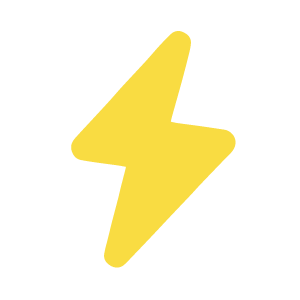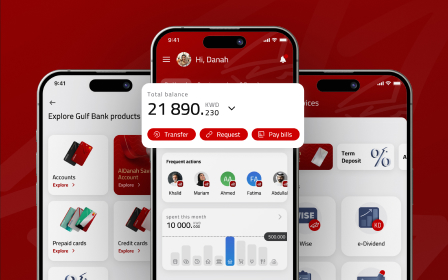Customer journey map done right
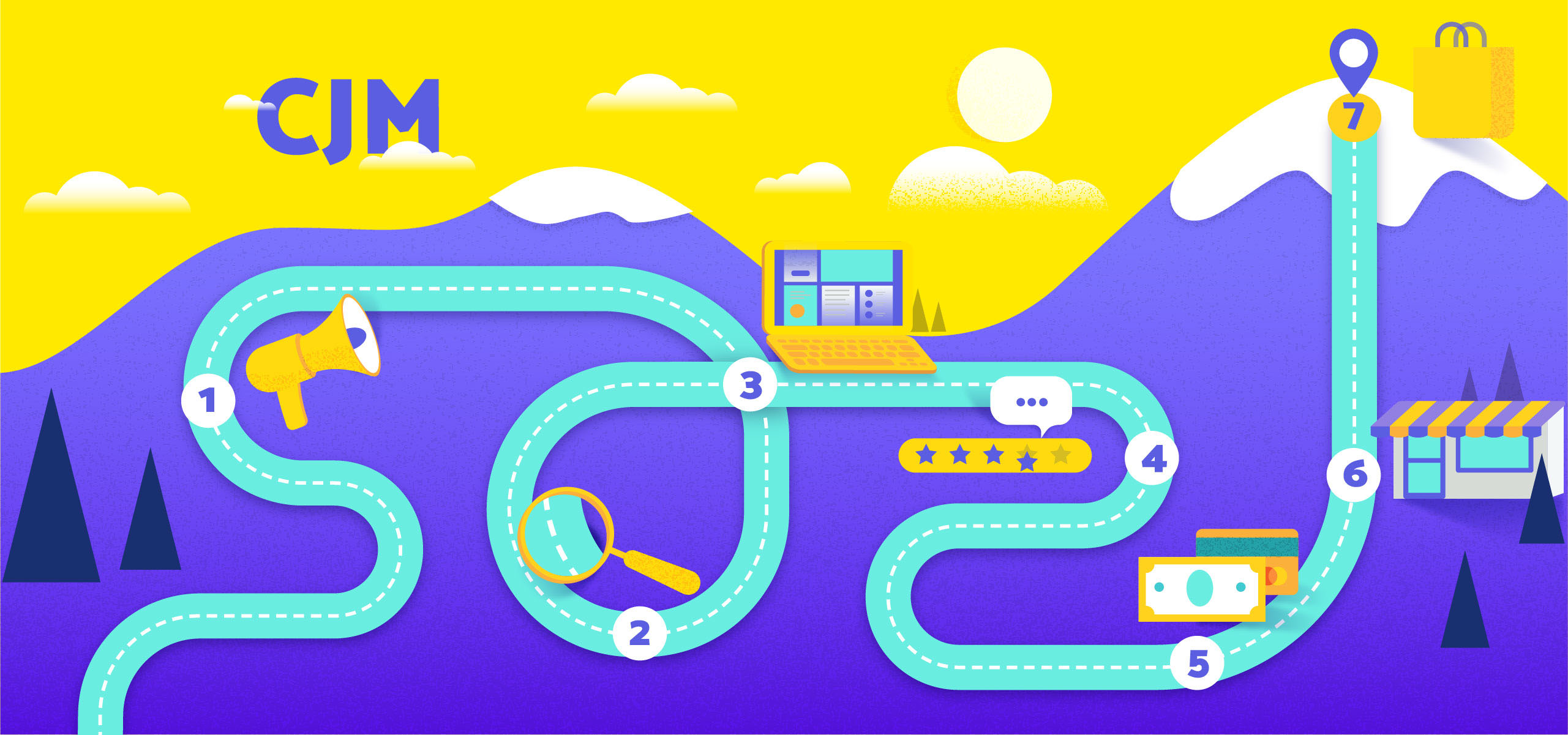
Chapter 1 or Design Tools for the Sake of Design Tools
When it happens to come to design meetups, or even see two designers talking about their job, chances that you’ll hear a lot about some new fancy design tool. You’ll hear how awesome they are — so much better than the old ones, how it will solve all product design problems and save the world. But are the tools really the main thing in someone’s work? If so, why don’t we hear surgeons talking about scalpels all the time, biologists about microscopes and so on?
To answer this question, let’s first agree what’s the criteria of UX agency designer’s work success. Perhaps, that would be the overall users and stakeholders satisfaction. Not a pretty “Pdf file” presenting your user research, not a wall full of stickers and of course not using as many tools as you can.
The real trouble is the loss of the connection between gathered information about Users’ and Clients’ needs. And we call it “The problem of design tools for the sake of design tools”
Chapter 2 or “1000 and 1 more word about it”
Why is customer journey map an exactly right tool for getting right goals? CJM helps the Designer and the Client to see the User’s needs. And so you both get more Insights. It helps you, as a professional, to synchronize the Client with the team, to arrange gathered knowledge about the User and the Product. It’s a helping hand in understanding of User’s intents and needs, his excitements and fears, which attend him on his way.
Only discovering this you’ll have the best User-oriented product at the end, and this should be the main value for you and the Client.
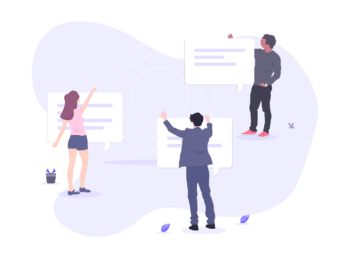
And when is the right time to use Customer Journey Map? In our design process, we use it at the Discovery phase, more exactly — after discovering business and user goals and creating User Personas.
But oops, there appears another “pain point” — you, as a Designer or Product Owner who’d never met CJM before, start to research the topic and discover dozens of templates, created by different designers and companies. Which one to choose?
And how to make the right decision which to choose? That’s the point of delivering your trust because filling readymade template without a purpose and plan for the next steps frankly seems unprofessional. As a Designer, you should explain the logic and importance of every step and avoid “The problem of design tools for the sake of design tools”.
To prove the above said we put our cards on the table and share what we do for getting the best results. And tell you the essentials of CJM construction as it is.
It’s not about choosing a specific CJM structure, we rather want to share with you our vision and explain why it’s so important.
So, how do create a Customer Journey Map?
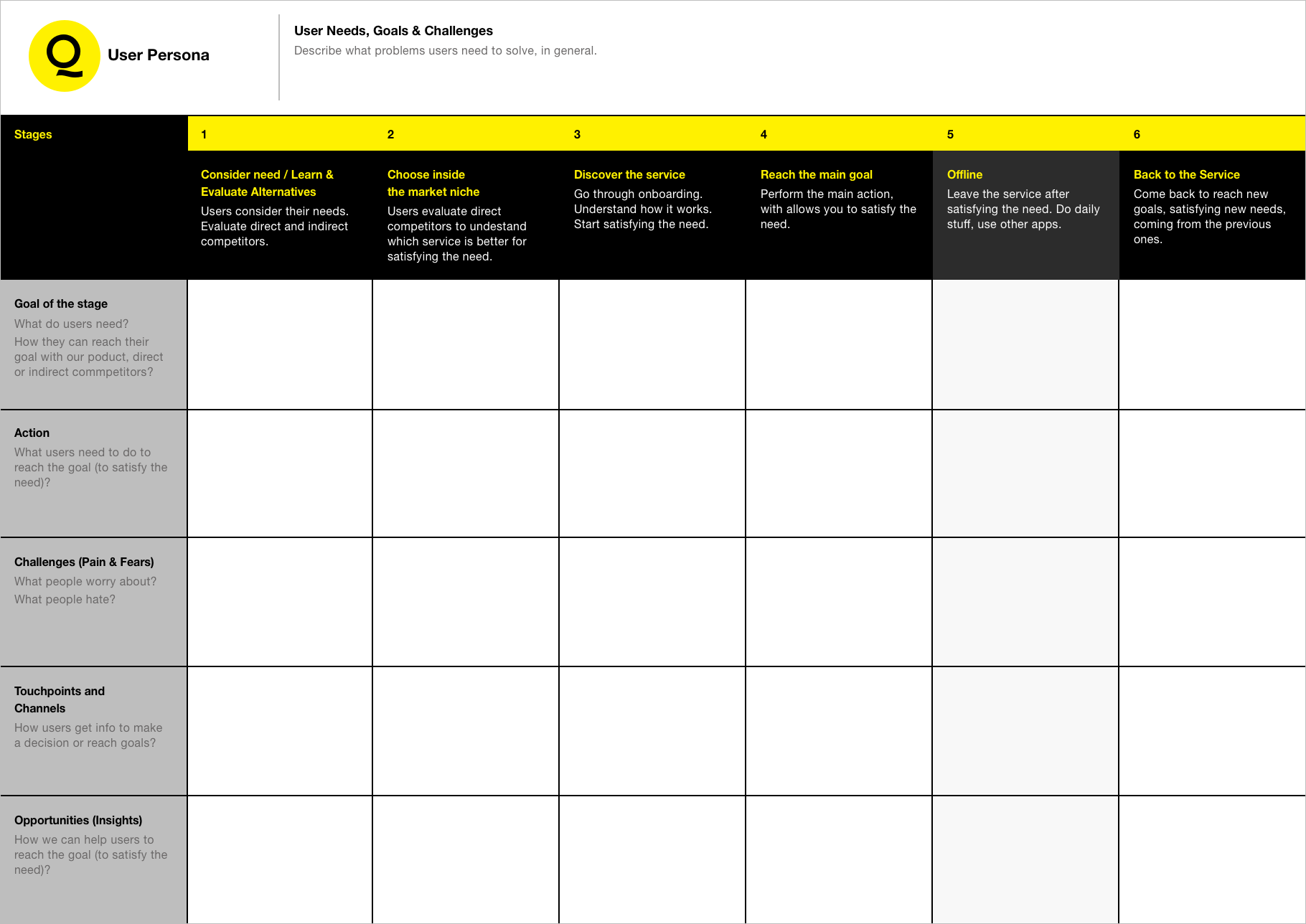
Download digital and print copies for your work here.
As always, you should start with research. During this step we answer questions like: what does the User do and what is his aim at each stage? What actions are they taking to move themselves to the next stage?
Together we discover all the barriers which lay in the way of moving on to the next stage (like cost, implementation, structure etc).
Why should you care about User’s fears&needs on every step of CJ Mapping? The empathy allows us to foresee the moments, which lead the User to making the right decision. So, you’re helping them to facilitate their journey 🙂
Features: the Customer Journey Map should also align touchpoints (times when the actor in the map actually interacts with the 
And then we start the designing process from the side of a person, who’d never used this or similar service.
Before creating CJM, we use so-called vertical steps. What does it mean? It’s not a secret that anybody never gets into your service just from nowhere. There is always something before it at the very beginning. Some factors push Person to use specific service — and your goal is to catch those factors for stronger CJM creating. To empathize User’s pain means to solve the problem by the product that works!
Evernote used the insight, that people usually keep their ideas in mind and often forget them very fas. Wouldn't it be great to have this problem solved? Meet Evernote, your second brain: capture, organize and share notes from anywhere. Your best ideas are always with you and always in sync.
And remember about your Competitors (both direct and indirect). You should realize that there exist many ways to solve the same problem. And what is important on this step is to understand how exactly you could gain over and guide the User into your side or your niche.
For example, Dropbox tells on its website: keep all your files safe, in one place ,and always accessible.
In fact, they tell us why they are better than any physical device — such as memory card, which can be lost, forgotten, etc. Also, here they give a solution to another common fear — personal data security.
What’s going on next? The User starts to choose between you and competitors. And here we should show unique market offer of the Service that gives value to the User.
While researching competitors, a team analyzed that Users are suffering from overload of ads and sponsored content and decided to change the model of their work. It was Medium:
Medium taps into the brains of the world’s most insightful writers, thinkers, and storytellers to bring you the smartest takes on topics that matter. So whatever your interest, you can always find fresh thinking and unique perspectives.
When you passed all those steps, here’s what comes next.
Inside Service stage: That’s the exact time, when the User connects with the Product. This part of CJM is a well-known User Flow. An important notice is that User can have different goals on different stages. And if you take this into account and provide custom possibilities and messaging at each stage, you can create better user experience. As a conclusion — focus on helping your User achieve his goal and avoid distracting him with what is unimportant for now.
Airbnb team understood that for Users on the stage of searching apartments is very important to feel the vibe of the place where they will spend vacations and their fear to be disappointed by the discrepancy of reality and picture on the website. So, they put high definition photos along with features like instant property & amenities overview allowing to browse even the smallest details.
Offline phase comes when the User satisfied his request and as follows, he’s not using our service for some time.
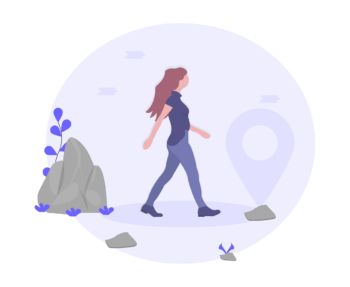
Welcome back step is a very important part of the whole journey. That’s the main goal of any business — to enforce the User comes back again. But you can’t do it properly without carrying out his needs or troubles. Even worse: irrelevant attempts may annoy the User, so he will refuse to use the Product anymore.
Viber learned that when you get a message, usually you are out of application at that moment and might be using another app or Service, or surfing the Internet and can’t switch to messenger again without losing current content. At the same time, User wants to somehow react to the message, and that’s why Viber has created “modal” windows in which you could at once review the message without losing current content.
Opportunity. This is the time for creativity and insights. When you start filling in the Map, you discover a lot of ideas about how to catch and keep the attention of User on every step. This is what we call Opportunity.
Don’t hurry with ideas before you complete the Card. And if they came out – this is, without doubt, the right chapter to put them in.
After you filled the Card, you need to generate decisions which help Users get the desired result. These decisions should come from crossing User’s goals/fairs/touchpoints and actions.
It’s important to validate all your ideas at every stage.
Chapter 3 or Let the journey begin!
Customer journey is often non-linear. Some users may jump straight from awareness to purchase — for example, if they are not inclined to do research and have a strong recommendation from a friend. Or, they may spend a long time spinning through iterations of the research process for an expensive purchase. Like the story of interviewing a gentleman in Texas who spent six months visiting stores for a big-screen TV, as he didn’t want to get it wrong, and he would play salespeople off one another to get the lowest price.
So, creating CJM definitely takes time, but we just want to explain to you that it may turn cooperation between Customer and Interface Designer into exciting journey, not a boring walk.
